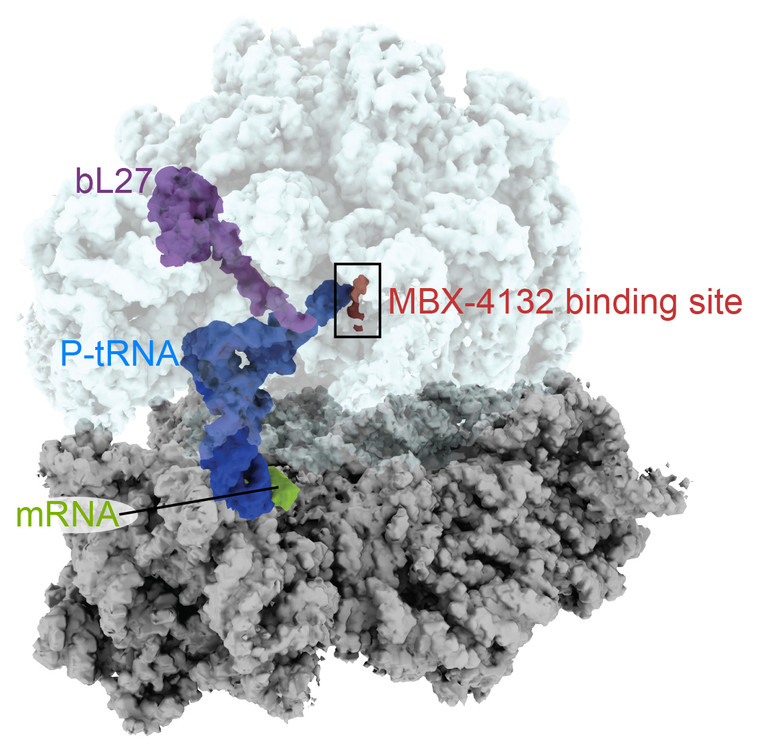Scientists at the Max Planck Institute for Biophysical Chemistry in Germany have generated a structure showing how the antiviral drug molnupiravir drug works.
Molnupiravir was originally discovered by Emory’s non-profit drug development company DRIVE, and is now being developed by Merck. The drug, previously known as EIDD-2801, can be provided as a pill in an outpatient setting – potentially a step up in ease of distribution and convenience.
Molnupiravir is currently in clinical trials for non-hospitalized people with COVID-19 and at least one risk factor; results are expected later in the fall of 2021. Merck also recently began a prevention study for adults who live with a currently infected person. Previous small-scale studies conducted by Merck’s partner Ridgeback Biotherapeutics showed that the drug is safe and can reduce viral levels to undetectable in non-hospitalized people within five days.
The structure shows how the active form of molnupiravir interacts with the enzyme that makes new copies of the SARS-CoV-2 genome (RNA-dependent RNA polymerase). Incorporation of the active form of the drug into the RNA genome leads to mutations – so many that the virus can’t generate enough accurate copies of itself. Molnupiravir is likely to work in a similar way when deployed against other viruses such as influenza.
The cryo EM (cryo-electron microscopy) structure comes from Patrick Cramer’s group in Göttingen, along with chemists at the University of Würzburg, and was published in Nature Structural & Molecular Biology. Last year, Cramer’s group also generated a structure of the replicating viral RNA polymerase. The video below comes courtesy of the Max Planck Institute and Cramer’s lab.








